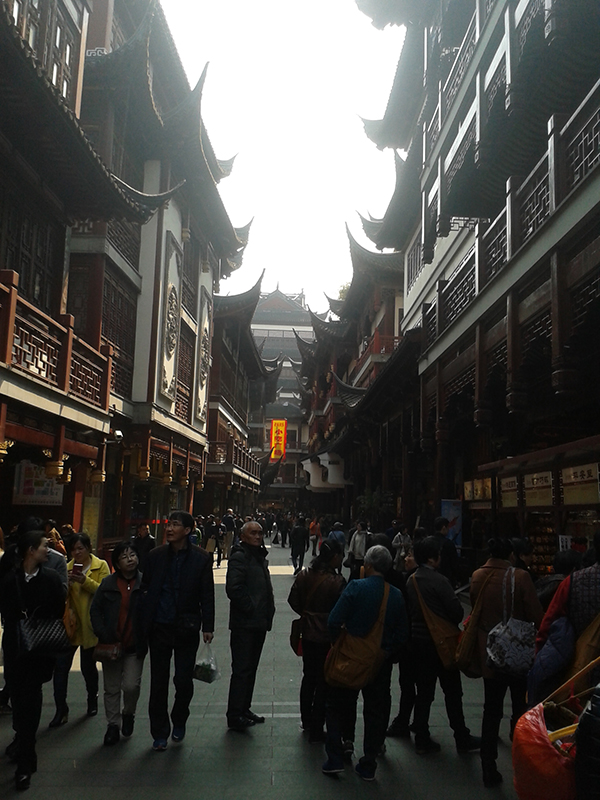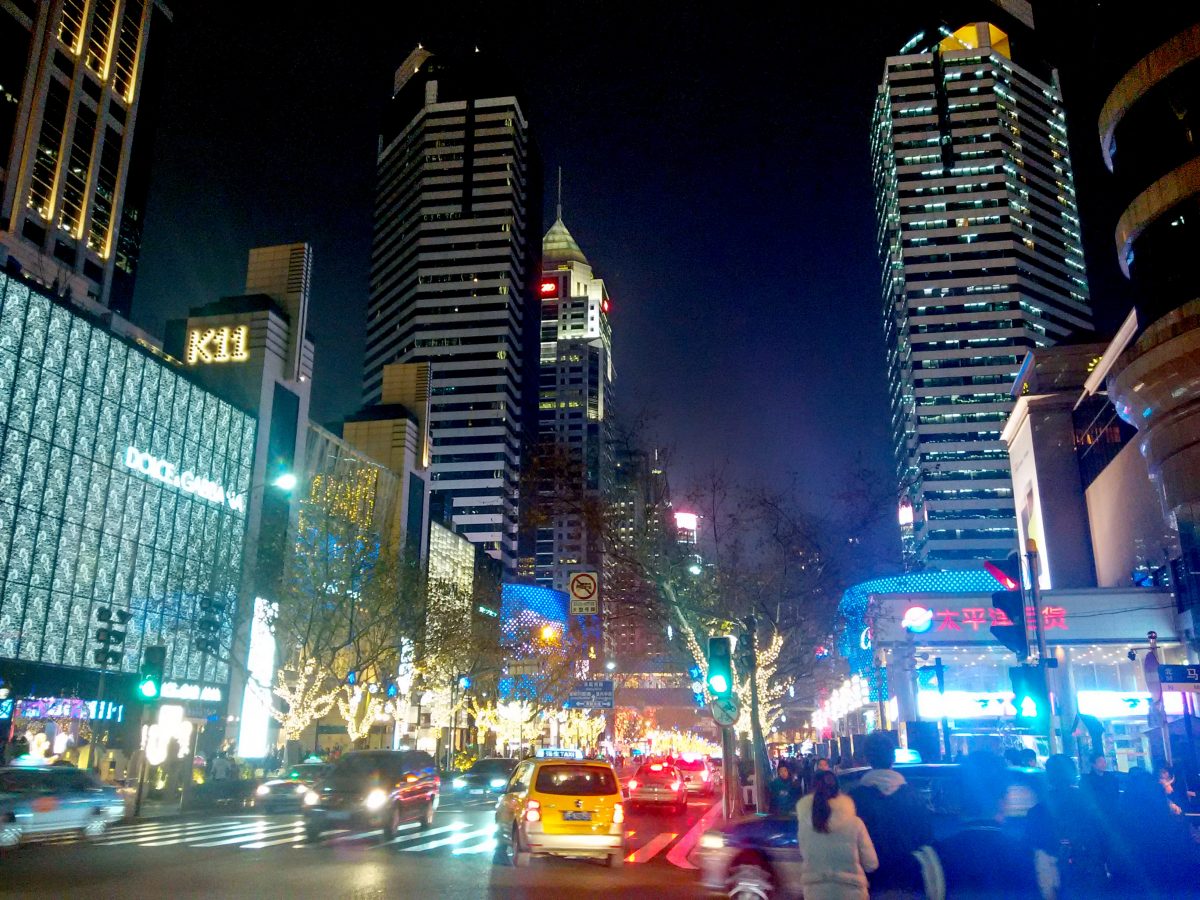Reportage #3
上海市 Shanghai
Testo di Giovanni Piccione

上海市 Shanghai. Image courtesy of Giovanni Piccione.
Differentemente da quella che è una convinzione ormai radicata, le citta contemporanee non si somigliano tutte: anche senza considerare il nucleo storico, si può dire che esse divergono per l’orografia, per la vegetazione, per gli spazi e le architetture che sono il frutto dell’incontro tra mentalità locale ed esigenze globali.
Chiaramente Armani e Starbucks sono catene commerciali che puoi ritrovare a Milano come a Shanghai, in forme sempre uguali, però è impossibile non distinguere una città cinese da una araba o americana, nei financial districts come nelle aree residenziali: laddove cambia la mentalità della gente cambiano le loro esigenze e il modo in cui danno forma all’ambiente in cui vivono.
Il concetto di identità della città contemporanea viene sempre posto in maniera critica guardando alle città del passato, tuttavia appiattire il passato in un’unica immagine stabile, forte di stratificazioni e arricchimenti, e contrapporlo al presente, dinamico e in divenire, alla ricerca di se stesso, sembra un confronto generazionale adulti-adolescenti.
Le città medievali (e intendiamo in questo modo quelle parti di città sviluppate in un periodo di almeno 500 anni) si distinguono facilmente per i materiali usati, per l’orografia, per il rapporto con l’esterno, e per tutta una serie di caratteristiche che le rendono molto ben riconoscibili rispetto ad una città barocca: più difficile invece distinguerle tra loro. A grandi linee si riconosce un borgo medievale siciliano da un borgo umbro coevo per la qualità delle architetture, non per una diversa caratterizzazione del tessuto; e spesso le cicatrici sono un elemento di forte caratterizzazione.
Reportage #3
上海市 Shanghai
text by Giovanni Piccione; translations by Laura Dumbrava

上海市 Shanghai. Image courtesy of Giovanni Piccione.
Differently from what it seems an ingrained conviction, not all contemporary cities resemble among themselves: without taking into consideration their historical pattern, it can be stated that these cities are different in orography, vegetation, spaces and architecture which represent, at their time, the result of a meeting between the local mentality and global needs. Armani and Starbucks are, clearly, commercial bonds which you can find in Milano as in Shanghai, always in the same shapes.
It is impossible to not distinguish a Chinese city from an Arabic or American one, from their financial districts to their residential areas; there, where people’s mentality change their requirements.
The concept of the contemporary city identity has been always dealt with, critically speaking, taking into consideration the city from the past. However, flattening the past in a unique stable image, rich of stratifications and enrichments, and opposing it to the dynamic and progressive present, which is in the reasearch of itself, would be like a generational confrontation between adults and adolescents.
Medieval cities (the areas which had been developed in 500 years) can be easily distinguished from the materials which were used for the orography, for the relationship with the outside world, and for many others characteristics which render those cities recognizable compared to the Barroque ones.
